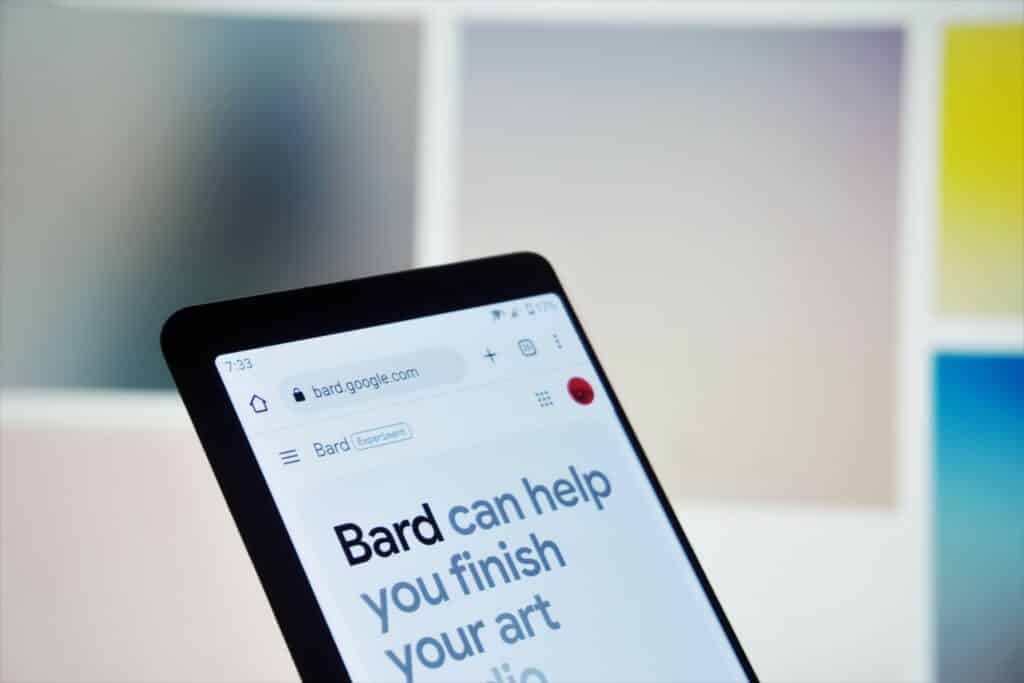In the race for innovation, Google has been working for several years on the development of artificial intelligence. In open competition with Microsoft since the beginning of 2023, the leader changes things daily. This week, Google allowed Bard, its AI chatbot, to create its codes, but also merged Google brain and DeepMind.
What does this code generation involve?
Google is updating Bard to help developers generate, translate and debug code. This request, coming from its users, was one of the main remarks since the public launch in the UK and the US.
Bard is now able to create, analyze and debug code in 20 different programming languages. Besides this generation, the tool is also capable of writing functions for Google Sheets and extracting code from Microsoft-owned GitHub repositories.
But despite its new capabilities, Google’s assistant still has room for improvement. Like many chatbots with artificial intelligence, it provides inaccurate or even misleading information. Compared to its other competitors, Bing or ChatGTP, Bard seems the least accurate of the intelligent chatbots.

Why bring Deep Mind and Brain together?
Faced with a faster pace of progress than before due to competing companies attempting bold developments, Google sees itself slowing. The leader’s policy imposes to provide a responsible and complete product, a policy contrary to Microsoft which prefers to let its users give feedback.
This is why, to catch up, Google creates the “Google DeepMind” group, which associates Google Brain and DeepMind. These two teams, already in the AI field, will work together on new powerful and multimodal AI models.

In its race for progress, Google is trying to become the market leader in artificial intelligence against Microsoft or Amazon. By regrouping its units, GAFAM could allow a significant improvement of its models or create a new generation of AI. That’s why, if you liked this article and if you consider a career in Data Science, don’t hesitate to discover our articles or our training offers on DataScientest.
Source : blog.google










